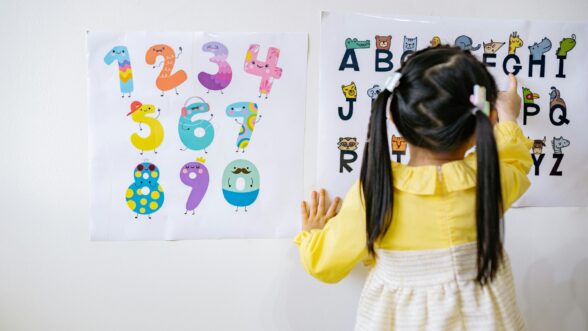
Education, Parenting Resources
Education
23 November, 2025

From the moment your child can count, they can be introduced to money. You can start by showing them notes and coins to teach them the value of each one, and even play money games with them to help them learn. This could include playing ‘shops’, board games like Monopoly or online games like this one called Loose Change.
As they get older, your children can begin to learn more about how to manage their own money. When you go shopping, point out the price labels and discuss the cost of different items to teach them how to compare and evaluate different values. When they start earning pocket money (more on that in a moment) relate these prices to their savings by telling them how much they would have left if they bought a particular item.
Of course, another great way to teach your children about money is through books. Here is a selection of books that teach children and teenagers about money. As a parent, make sure you stay on top of your financial literacy too – try to read as much about money and finance news as you can.
There are plenty of ways that your children can earn their own money. The first (and perhaps most obvious) way is through chores. These not only help your child learn about responsibility and basic housekeeping skills but will also teach them the value of working to earn money to buy the things they really, really want. Make sure your chores are age-appropriate but fair for each of your children.
Of course, chores aren’t the only way your child can earn money. Why not have them collect cans for Containers for Change, or sell their unwanted toys and clothes in a garage sale? Baking treats or making lemonade to sell to neighbours and passers-by is another fun weekend activity that could see your children rake in some extra pocket money. Encourage them to get creative!
Now that your child has started earning money, it’s important to teach them what to do with it. If you opt for the old-fashioned piggy bank, experts recommend choosing a clear one to give your children a visual representation of their savings growth.
Times have changed, and now there are plenty of child-friendly online savings options available. Some popular options that are designed specifically for children include Spriggy and ZAAP, but it’s likely your bank will offer a children’s savings account option, too.
As for how much they put away, it might be a good idea to encourage your children to set aside a rainy-day fund. Help them get into the habit of saving ‘just because’ rather than spending every last cent on new toys or clothes. Perhaps this fund will buy them a new car when they start to drive or help them move to a new city someday – the world is their oyster when they practice good savings habits.